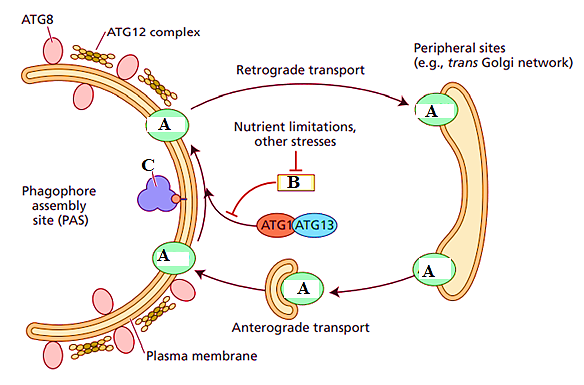TLS Online TPP Program
More Questions
TLS Online TPP Program
#Question id: 11923
#Unit 10. Ecological Principles
You are interested in studying how organisms react to a gradient of a variety of abiotic conditions and how they coexist in this gradient. The best location in which to conduct such a study is
TLS Online TPP Program
#Question id: 11924
#Unit 9. Diversity of Life Forms
The largest seaweeds belong to which group?
TLS Online TPP Program
#Question id: 11925
#Unit 9. Diversity of Life Forms
The chloroplasts of land plants are thought to have been derived according to which evolutionary sequence?
TLS Online TPP Program
#Question id: 11926
#Unit 9. Diversity of Life Forms
The chloroplasts of all of the following are derived from ancestral red algae, except those of
TLS Online TPP Program
#Question id: 11927
#Unit 9. Diversity of Life Forms
A biologist discovers an alga that is marine, multicellular, and lives at a depth reached only by blue light. This alga probably belongs to which group?
TLS Online TPP Program
#Question id: 11928
#Unit 10. Ecological Principles
In most species, deviations from equal proportions of males and females in a sexually-reproducing population will confer an advantage to genotypes that:

